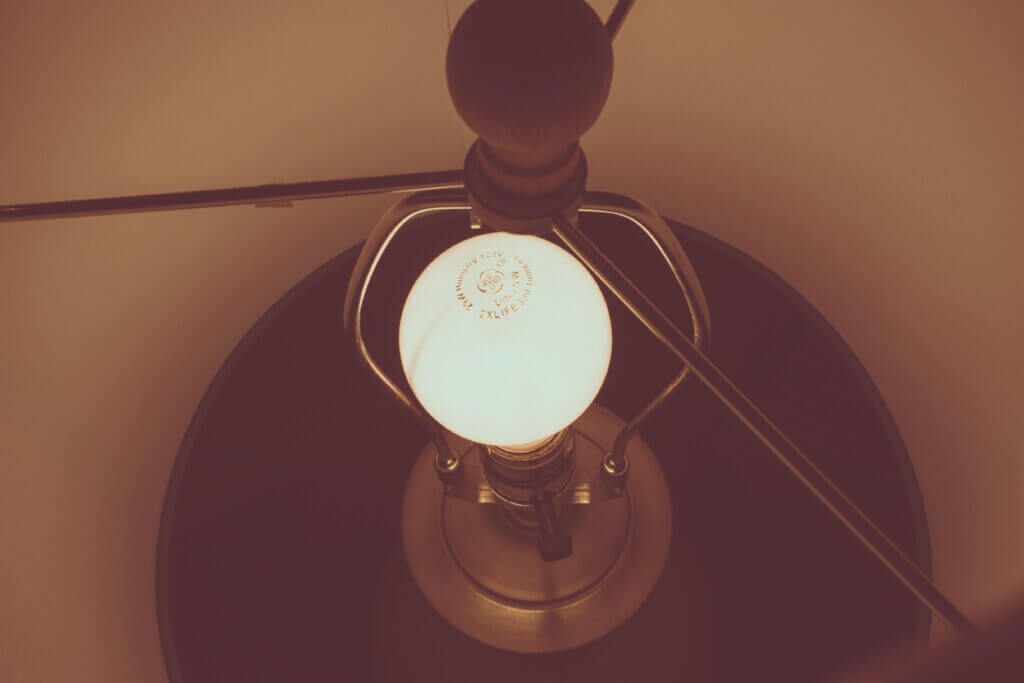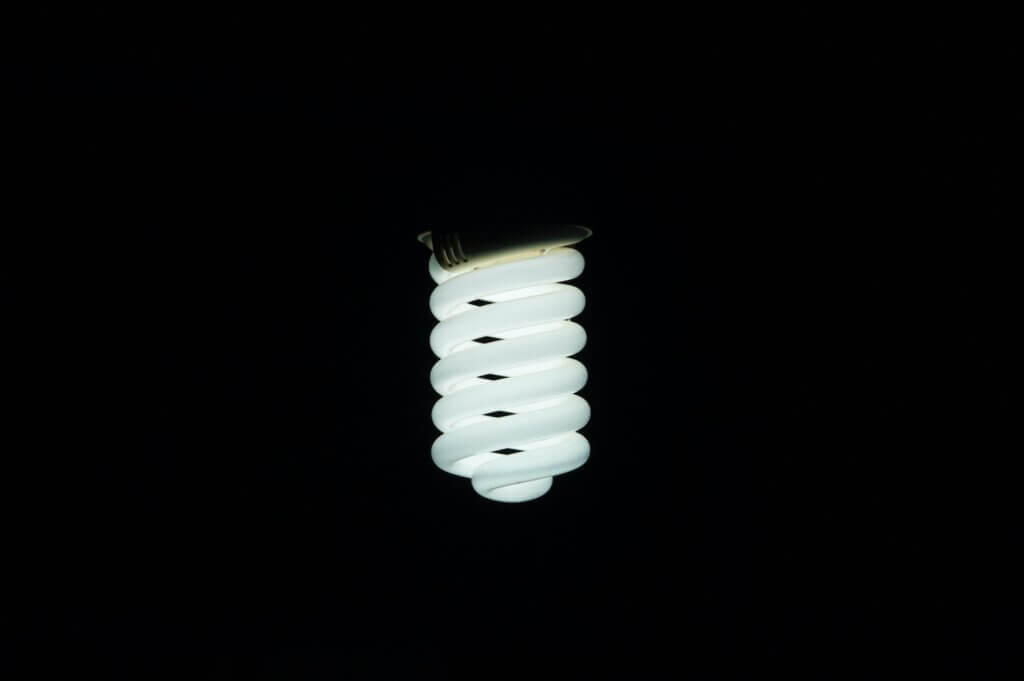When it comes to lighting for your residential or commercial property, people generally lean towards the two major options for lighting. It’s either the light-emitting diode (LED) or fluorescent bulbs. While both get the job done, there are a few key differences between the two types of lights. Here Georgia Lightscapes gives you a simple breakdown of the differences between LED and fluorescent bulbs.
What are LED lights?
Light-emitting diodes (LED), light up when electrical currents pass through the microchip in the bulb. LEDs are much more flexible than other lighting technology. LEDs can be single diodes, such as in a flashlight, or a cluster of diodes to create a light bulb. Heat sinks keep the LEDs from getting too hot, which means they last longer without burning out.
What are fluorescent lights?
Fluorescent lighting comes in two primary types: tube lighting and compact fluorescent lighting (CFL). Fluorescent lights can vary in size from tubes multiple feet long to compact bulbs that are about the size of a standard lamp light bulb. Visible light comes from the bulb after the electrical current passes through a tube with argon and mercury vapor.

Quality
When it comes to lighting, one of the most important factors to consider is the quality of light. Known as directional light emission, LED fixtures direct light where it is needed. CFLs emit light and heat in all directions, producing wasteful energy. To the average eye, LED lights appear richer and fuller than fluorescent lights.
Intensity is another factor. Over time, fluorescent light will lose up to 10% of its initial lumens compared to an LED, which loses just 1 to 2%. Temperature can also play a role in the quality of light. Unlike fluorescents, LED’s are largely unaffected by extreme weather conditions. When fluorescent lights are in extreme cold weather conditions they sometimes won’t work properly or even at all.
Energy Consumption
While fluorescent bulbs are definitely more energy-efficient than incandescent bulbs and halogen lamps, LEDs are even more energy-efficient than all of the above. For example, an 18-watt fluorescent tube generating 650 to 850 lumens of light would have a 7- to 10-watt LED equivalent that’s just as bright.
LEDs and CFLs both come in well below incandescent bulbs in terms of energy consumption. LEDs work about 90 percent more efficiently than incandescent bulbs. Compact fluorescent bulbs cut energy use by about 70 percent when compared to incandescent bulbs. LED light bulbs use roughly half the wattage of fluorescent lighting, about 6 watts of power versus 14 watts of power for a CFL light bulb.
Cost & Lifespan
Cost is another key factor when it comes to comparing LED’s and fluorescent lighting. LED lights generally cost more upfront but over time you save due to the number of replacements of fluorescent bulbs. While upfront fixture costs of LED’s can be higher than comparable incandescent and fluorescent lighting, they make up for it in the total cost of ownership. LEDs have an extremely long lifespan relative to every other lighting technology. New LEDs can last 50,000 to 100,000 hours or more. The typical lifespan for a fluorescent bulb, by comparison, is 10-25% as long at best (roughly 10,000 hours). This equates to 50 times the life of incandescents and nearly 10 times the life of fluorescents.
Safety
LED bulbs do not contain any harmful chemicals, unlike the argon and mercury in fluorescent bulbs and tubes. If a fluorescent light breaks, it can be dangerous. It can also make the proper disposal of fluorescent lights more difficult and there is more potential harm to the environment.

Call Georgia Lightscapes Today
Whether you decide to go with LED or fluorescent outdoor lighting, Georgia Lightscapes is the place to call. We are Atlanta’s preferred choice as we create stunning lighting systems that showcase your home, neighborhood, and commercial buildings. Using high-quality fixtures and the newest technology we strive to make our clients happy all over the metro Atlanta area. Call us today!

